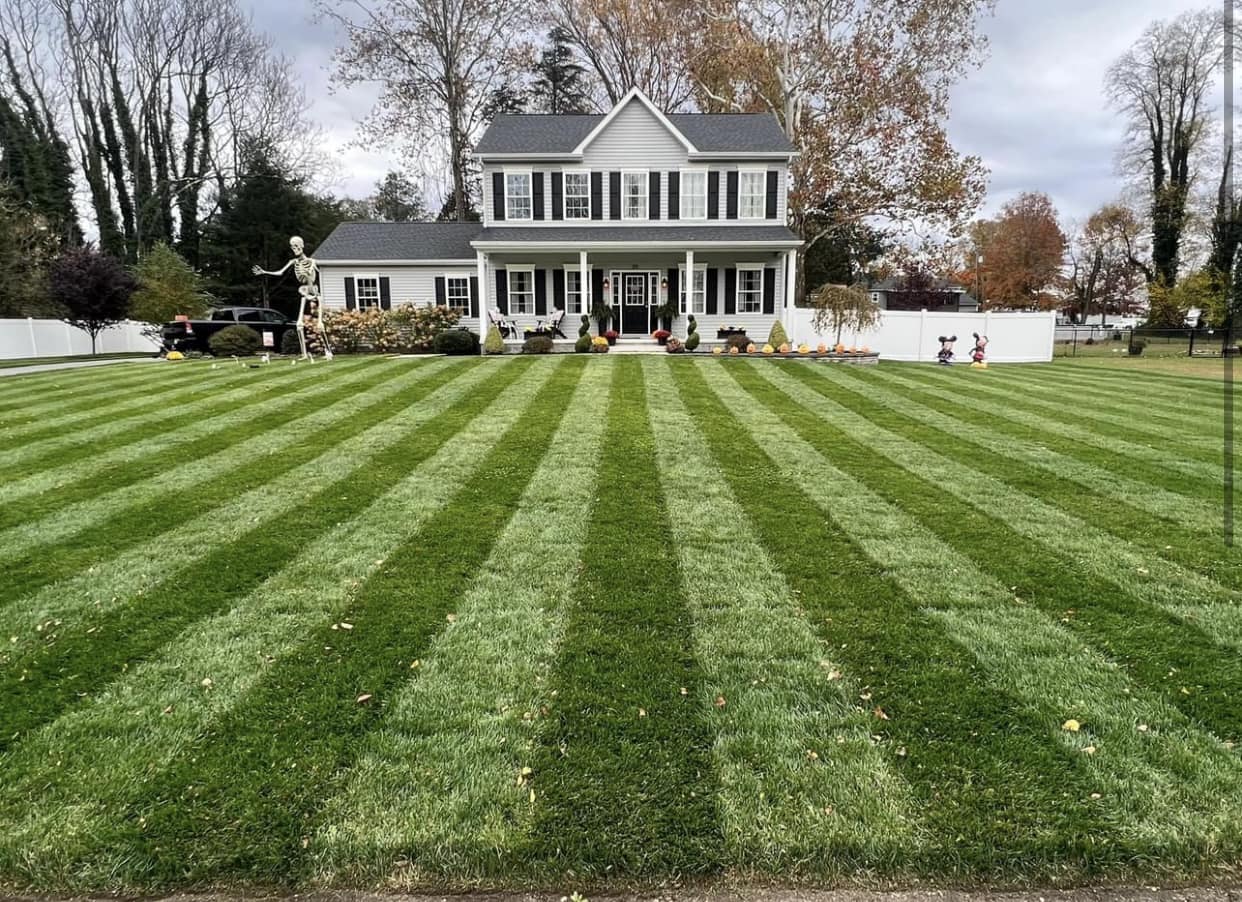
A Guide to Eco-Friendly Landscaping: Greener Choices for Your Yard Aug 28, 2025
Eco-friendly landscaping, or sustainable landscaping, focuses on using natural resources efficiently, reducing waste, and creating habitats that support local wildlife. The transformation toward a greener yard begins with understanding your landscape's unique characteristics and the native flora that can thrive there.
The first step in eco-friendly landscaping is choosing plants that are native to your region. Native plants are accustomed to the local climate and soil, requiring less water and maintenance than non-native species. They also provide food and shelter to local wildlife, promoting biodiversity. As you select your plants, consider their water requirements and sun tolerance. Opt for drought-resistant species if you live in an arid region to reduce the need for irrigation.
Water efficiency is another critical component of sustainable landscaping. Incorporating drip irrigation systems can help deliver water directly to plant roots, minimizing evaporation and waste. Similarly, collecting rainwater in barrels for garden use can significantly reduce your water footprint. Mulching is also beneficial, as it retains soil moisture and suppresses weeds, further lowering water usage.
Hardscaping is another area where you can implement eco-friendly practices. Sustainable hardscaping involves using permeable materials, such as gravel, permeable pavers, or porous concrete, which allow water to seep into the ground. This reduces runoff and helps recharge groundwater supplies. Additionally, choosing locally sourced materials for patios, walkways, and other hardscape features minimizes the carbon footprint associated with transportation.
Composting is an excellent way to reduce waste and enrich your soil. By composting kitchen scraps and yard waste, you create nutrient-rich organic matter that improves soil structure and fertility. Healthy soil not only supports robust plant growth but also stores carbon, helping mitigate climate change effects.
Incorporating renewable energy sources like solar-powered lights can enhance your landscape’s sustainability. Solar lighting is a cost-effective way to illuminate paths and showcases your yard’s beautiful features without relying on fossil fuels.
Creating habitats for local wildlife is an integral part of sustainable landscaping. Nesting boxes, bee hotels, and water features can attract birds, bees, and other beneficial creatures. These animals play essential roles in pollination and pest control, contributing to a thriving ecosystem.
Finally, sustainable maintenance practices can make a significant difference in the long-term health of your eco-friendly landscape. Using electric or manual tools instead of gas-powered equipment reduces air pollution and noise. Limiting the use of chemical fertilizers and pesticides helps protect the health of both your plants and the local environment.
Transitioning to an eco-friendly landscape is an investment in the future of your garden and the planet. By following these sustainable landscaping principles with the help of Bega Landscape Services, you can enjoy a beautiful, resilient, and environmentally responsible yard. Not only will you contribute to conserving natural resources and fostering biodiversity, but you’ll also create a space that is as beneficial to nature as it is to you and your family. Start making greener choices today and see the positive impact on your outdoor haven.
/filters:no_upscale()/media/9459c7a5-4fd5-4d66-94c7-eb14403cca1c.jpeg)
/filters:no_upscale()/filters:format(webp)/media/a416d87b-2e23-44d4-afbc-028fd2bb9abf.jpeg)